Act Now - Limited Time Offer
$67 Pest Control

Chris Mosby
Pest Control Technician
Chris Barber
Pest Control Technician
Mackenzie Keene
Office Manager
Blow flies are larger than common house flies and have shiny, metallic colors. They can be black, blue, green, or copper. These flies make a loud buzzing noise and lay eggs on exposed meat. Larval development varies, with some species completing their cycle in less than a week while others take up to 15 days. Blow flies can become a significant nuisance around homes and businesses, commonly found in garbage, pet droppings, and rotting meat.
The Oriental latrine fly, a type of blow fly, has been a problem in Southern California since 1989. They often gather in large numbers near trash dumpsters and shaded areas during summer. If blow fly larvae are near a house, they may migrate indoors to pupate, becoming a nuisance when they emerge as adults. Proper waste disposal and maintaining clean surroundings can help prevent blow fly infestations.
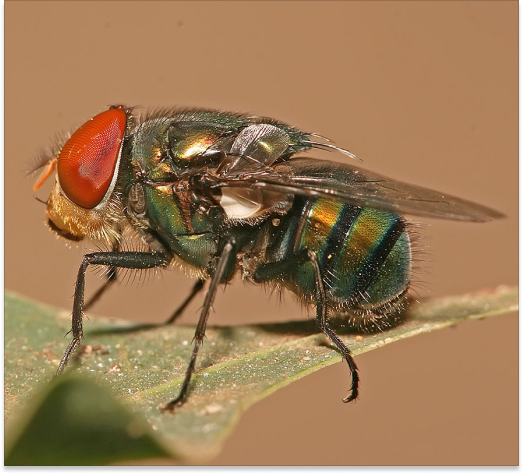
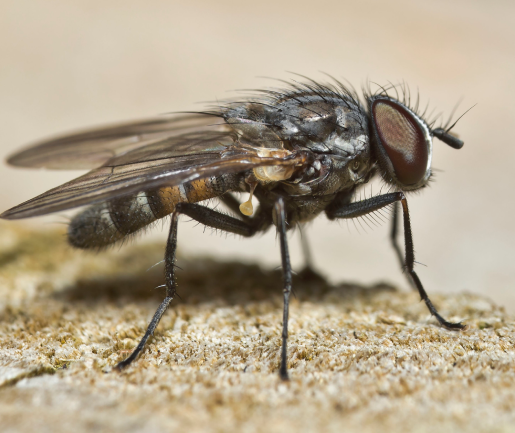
The little house fly (Fannia canicularis) is known for its unique flying pattern. It typically flies to and fro in the middle of rooms, rarely landing on human food. This behavior makes it less likely to contaminate food than the common house fly.
Little house flies lay their eggs in well-decayed vegetable matter, compost, or animal excrement from pets like rabbits and poultry. Their life cycle takes about 24 days, from egg to adult. Although they are a nuisance, their preference for decaying organic matter means they threaten indoor environments less.
The false stable fly, known as Muscina stabulans, is slightly larger and stouter than the common house fly. It has a generally dark gray appearance. Unlike the true stable fly, the false stable fly cannot bite. It may enter houses and lay its eggs on slightly spoiled foods.
The false stable fly’s maggots are often found in animal excrement and decaying vegetable matter. This fly’s life cycle typically takes 14 days. Though it doesn’t bite, its presence can be a nuisance, especially when it lays eggs indoors. Understanding these habits can help identify and manage infestations effectively.
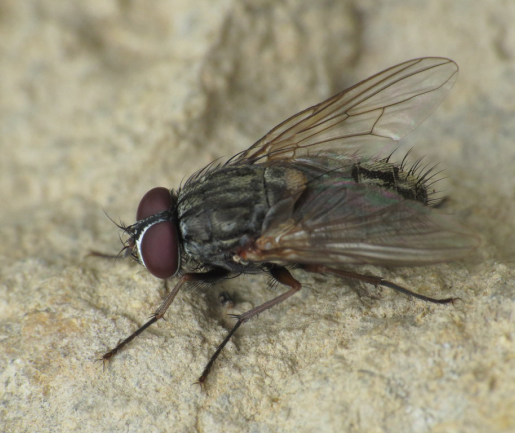
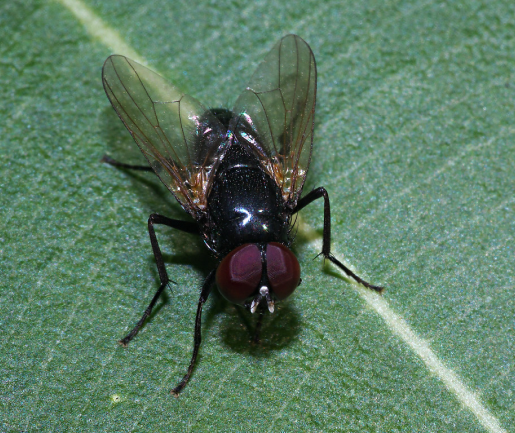
Black garbage flies are small, shiny black flies about 1/5″ long. They are slender and thrive in garbage waste. These flies are not typically found in large numbers around homes in big cities. However, they are abundant in rural areas, especially where routine garbage collection is unavailable.
Black garbage flies develop quickly in waste materials and have a life cycle that lasts about ten days. They are more common in areas with poor waste management practices, and proper garbage disposal can help reduce their presence.
The stable fly looks like a house fly but has a slender, pointed beak for biting. It is an outdoor fly that feeds on domesticated animals like horses and cattle. Unlike house flies, stable flies can deliver painful bites to humans. They usually come indoors during rainy weather.
Stable flies are more than just a nuisance; they are also pests for livestock and pets. These flies thrive in areas with moist, decaying vegetation, manure, and urine-soaked straw. Proper waste management is essential to minimize their population. Regularly disposing of these materials can help reduce the presence of stable flies.
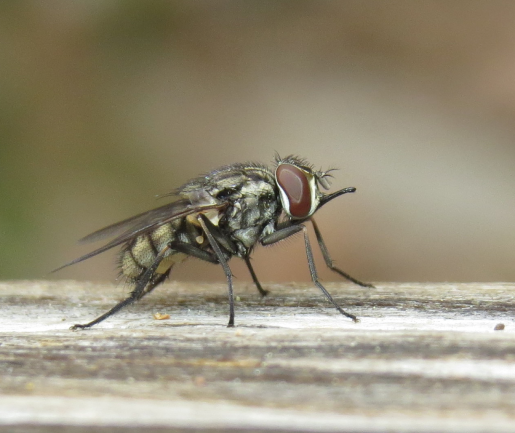
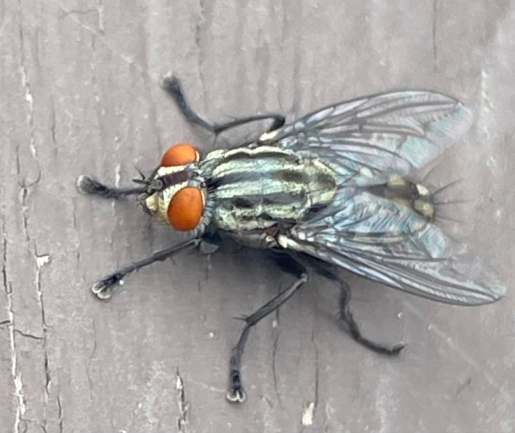
Flesh flies (Sarcophaga species) are larger than common house flies and have a distinctive checkerboard pattern on their abdomen. They are typically gray with black stripes on their thorax. Unlike other flies, flesh flies deposit live maggots instead of eggs. These maggots are often found in spoiled meat, decaying flesh, and excrement, especially dog droppings. Flesh flies are common around animal carcasses and dead snails.
Flesh flies can complete their life cycle in just eight days. They are usually seen near sources of decaying organic matter where they lay their maggots. If you spot large, slow-moving flies with a checkered abdomen, you might have a flesh fly problem.
Our inspection process is thorough and essential for effective fly control. We begin by examining your property to identify potential breeding sites and sources of infestation. This includes checking drains, garbage areas, and places with standing water or decaying organic matter. Our experts look for signs of different fly species, such as drain flies, blow flies, and stable flies.
During the inspection, we also assess the condition of your plumbing to rule out leaks and blockages that can attract flies. We use specialized tools to detect larvae and adult flies in hard-to-reach areas. By identifying these problem areas, we can recommend the most effective treatments tailored to your specific situation.
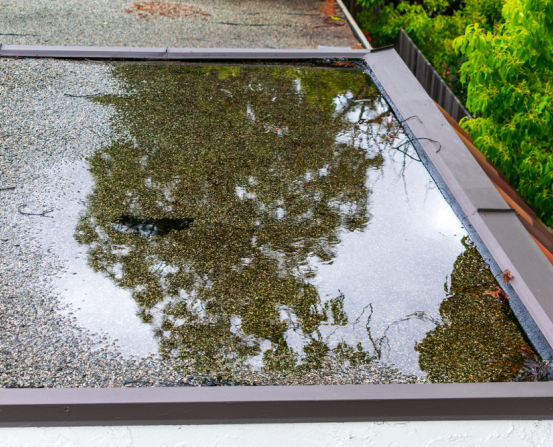
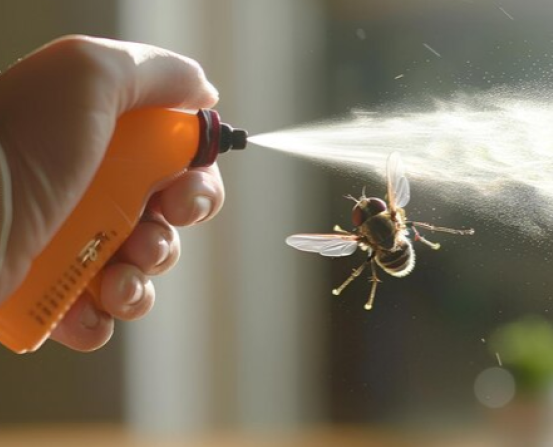
Please ensure sufficient cleaning of both indoor and outdoor areas before the technician arrives. This helps us identify and target the infestation more effectively. Our team will inspect the premises to determine the extent of the fly problem and rule out any underlying issues, such as piping problems.
For drain flies, we use specific products to eliminate active flies and larvae in the drains. We spray around food preparation areas but avoid direct application on food prep surfaces. Traps are then placed in specific locations where flies are likely to thrive.
Our expert technicians will inspect your property each month, treat problem areas, and set up preventive measures. We target common fly breeding grounds like drains, garbage areas, and standing water to eliminate flies before they become a nuisance.
We use safe, eco-friendly products that are effective against various fly species, including drain flies, blow flies, and stable flies. Our service is designed to provide continuous protection, giving you peace of mind. You can enjoy a fly-free environment all year round with regular monthly treatments.
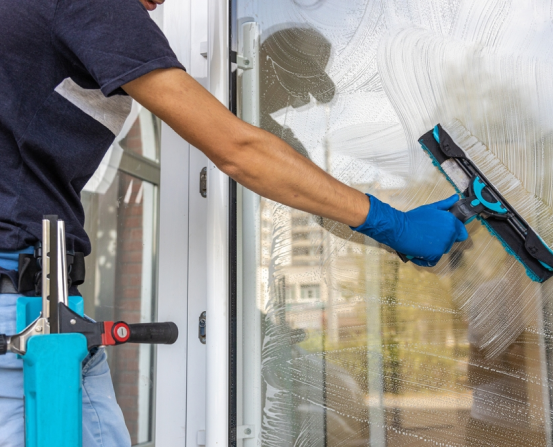
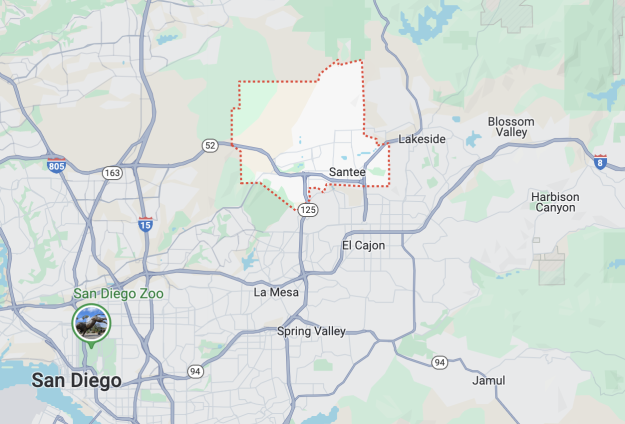
We’re here for Santee and its neighbors. Our team works hard to keep homes and businesses free from pests. We care deeply about these communities and always aim to give great service and results.
Limited time offer! Get $50 off your first pest control service.

Barrier Services
Santee Office
© Santee Pest Control 2024